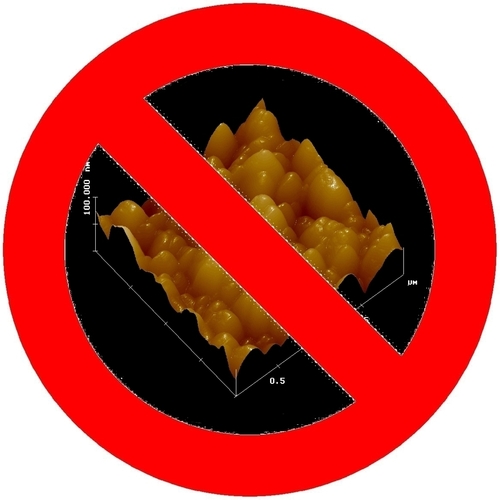
3-D Printing Materials You Can't Patent
pinshape
Human: Summary Broad patent claims on materials for 3-D printing may hinder innovation within the open-source community. The algorithm presented here is a defensive publication of prior art, designed to identify obvious materials for 3-D printing. Patent examiners should deny claims that can be generated by this algorithm as they are non-obvious under patent law. Existing patents based on these materials should also be revoked, as they would be obvious to any materials scientist with basic knowledge of 3-D printing. Makers are encouraged to use and develop materials for 3-D printing that can be generated by the algorithm. Being identified as obvious does not prohibit the sale of these materials. There is a widespread belief that intellectual property law encourages innovation, but evidence shows the opposite: IP actually stifles innovation. Open-source ecosystems like RepRap have experienced explosive growth when patents expire, allowing innovations to flourish. In fields like nanotechnology, patent thickets prevent innovations from reaching the market. For more information on this issue, see the academic article "Make Nanotechnology Research Open-Source" by Michele Boldrin and David K. Levine (Against Intellectual Monopoly). How to use the algorithm: Variables and definitions: @ = All of the preceding materials & = All combinations of all possible mol fractions of the above N = Total number of natural chemicals and compounds, including elements in the periodic table M = Total number of man-made chemicals Functional agent: any chemical species providing beneficial properties to 3-D printing materials. Materials capable of being used as 3-D printed feedstock include: * Known natural chemicals and compounds (1 to N) * Known man-made chemicals, compounds, and metamaterials (1 to M) * Combinations of all possible mol fractions of the above * Any arrangement of combinations (superlattices, metamaterials, etc.) * Nanoscale collections of atoms used as functional agents or fillers * Collections of atoms with altered shapes to adjust properties * Surface adjustments (roughening) to adjust properties * Printing at any temperature from 0 K to infinity * Printing at any pressure from 0 bar to infinity * Printing in any environmental medium * Printing with the assistance of electromagnetic radiation of any wavelength * Printing with any solvent * Printing for any physical orientation of chemical species * Printing with any catalyst during the process * Field-catalyzed reactions (magnetic, etc.) * Any order of the above.
With this file you will be able to print 3-D Printing Materials You Can't Patent with your 3D printer. Click on the button and save the file on your computer to work, edit or customize your design. You can also find more 3D designs for printers on 3-D Printing Materials You Can't Patent.
